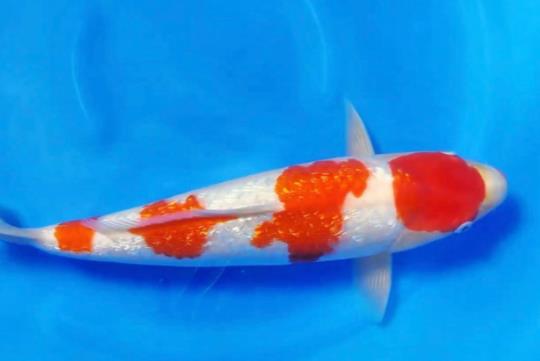Koi Feeding Guide: Principles and Practices

I. Core Feeding Principles
Water Temperature Determines Feeding Frequency
Above 20°C (Active Period): 1-3 times per day
10-20°C (Transition Period): 1 time every 2-3 days
Below 10°C (Hibernation Period): 1 time per week or no feeding
Seasonal Adjustments
Hot Summer (Above 30°C): Reduce to 1 feeding in the morning and 1 in the evening
Winter: Feed during midday hours
II. Precise Feeding Methods
Timing Control
Observe for 5-10 minutes after each feeding; remove any leftover food immediately
It is recommended to feed at fixed times (e.g., 7:00 AM / 3:00 PM) to establish a regular feeding schedule for the koi
Food Selection
Water temperature above 20°C: High-protein pellet feed (protein content ≥ 35%)
Water temperature 10-20°C: Germ feed (easy to digest)
Winter: Special low-temperature feed (contains probiotics)
III. Handling Special Situations
New Koi Introduced to the Tank
No feeding for the first 3 days; start with a small amount of food on the 4th day
Gradually increase the amount to the normal feeding quantity
Breeding Period
Increase feeding frequency for broodstock by 1 extra time per day
Use special breeding feed rich in spirulina
Sick Koi Care
Stop feeding for 1-2 days to observe the koi's condition
During the recovery period, feed food soaked in allicin
IV. Water Quality Management Coordination
Check ammonia nitrogen levels 1 hour after each feeding (should be < 0.02 mg/L)
When changing 1/3 of the tank water weekly, clean up leftover food at the same time
V. Common Mistakes to Avoid
❌ Feeding as usual on rainy or overcast days (should reduce feeding amount by 30%)
❌ Using a single type of feed (it is recommended to mix with duckweed/vegetables)
❌ Suddenly changing feeding times (a 3-day transition period is required)
By following the above methods, you can ensure that koi receive balanced nutrition while maintaining stable water conditions in the tank. It is recommended to use an electronic water thermometer for real-time monitoring, as it is more accurate than traditional thermometers.
